Reinvented Toilet Technology in Development
UNIFAM
Non-sewered compact sewage treatment system
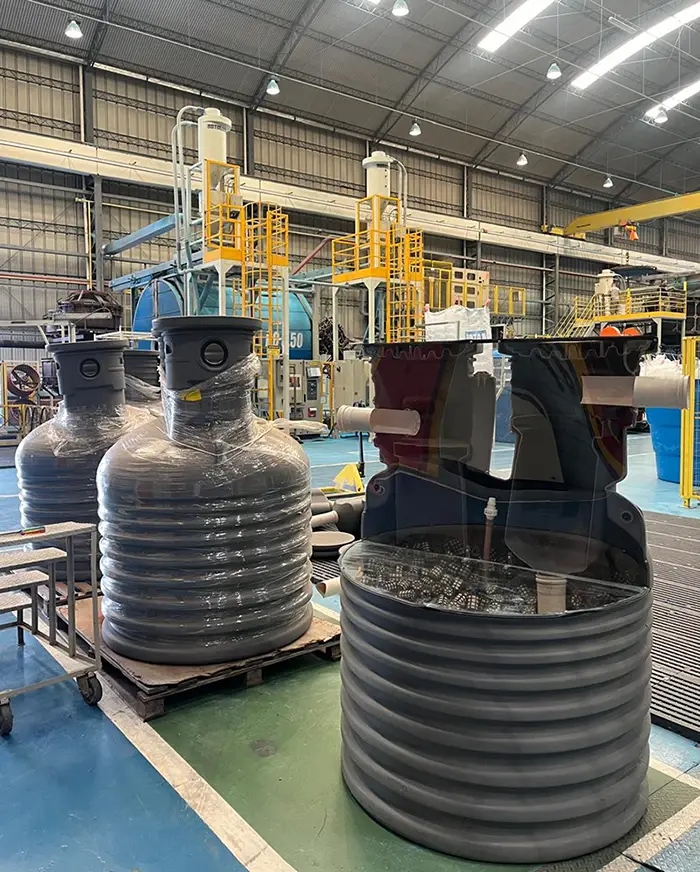
UNIFAM is a compact sewage treatment system, designed to treat the sewage of a family home. Simple to operate and maintain, with low energy consumption and guaranteed economical installation, this innovative system can treat up to 800 liters of sewage per day, without generating sludge or requiring any other type of maintenance. Its superior environmental performance guarantees a treated effluent with an efficiency of over 90% in the removal of organic matter and nutrients reduction.
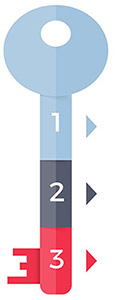

- Treats up to 800 liters/day
- Removal of over 90% of BOD, COD and TSS and 80% of TN
- No need to remove excess sludge
- No need to separate gray water and black water
- Compact and easy to install and operate
Status of Development

- The product is sold in the Brazilian market, with expansion to other South American countries expected
- Product developed in Brazil
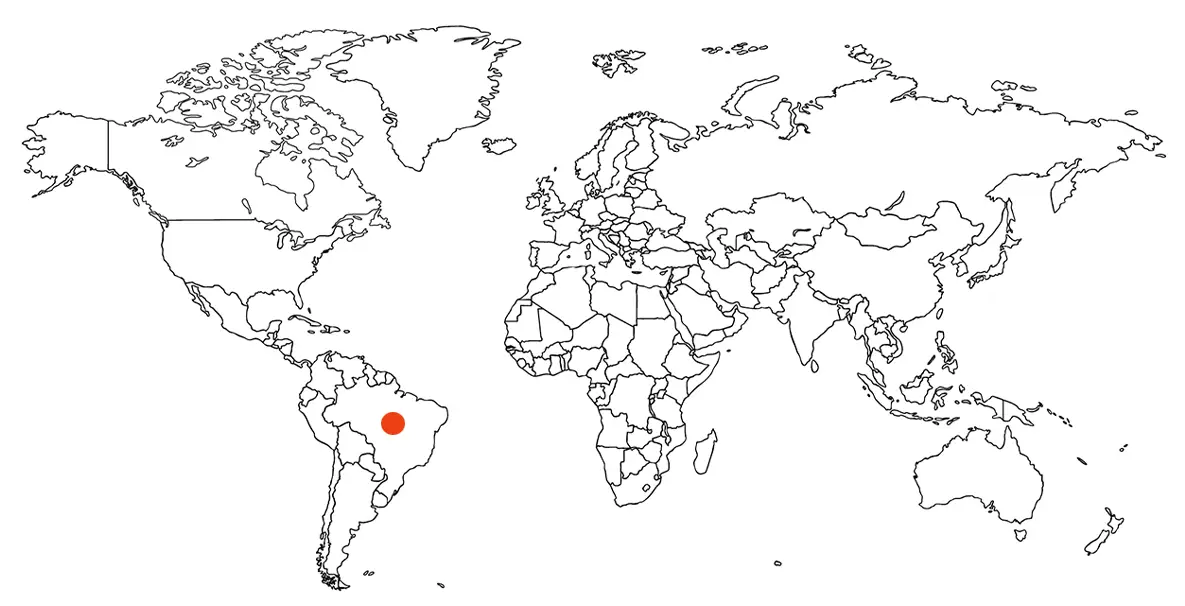
Use Cases
- Household: Designed as a backend system to treat sewage for a five-person
- Multi-unit: Could be scaled for school, or public/community application
Product is Appropriate For:

| 800l/day | 1$ | 20 |
|---|---|---|
| Capacity (users/day) | Est. Cost ($/user/day) | Life Expectancy (years) |
How Does it Work?
Frontend
Compatible with pedestal front end.
Processing
The raw liquid sewage passes through a grating stage (basket) to retain coarse solids and then enters the aeration chamber, where aerobic bacteria—immobilized on fixed supports (biomedia)— break down the organic matter and reduce the concentration of nitrogen and phosphorus. A blower and a coarse bubble diffusion system are used to supply the air needed for the biological demand. The biomass is immobilized on the supports, so that the concentration of suspended solids is very low in the treated sewage leaving the reactor, which will have the right characteristics to be discharged into the environment.
UNIFAM testing in Ribeirão Pires and Cariacica, Brazil
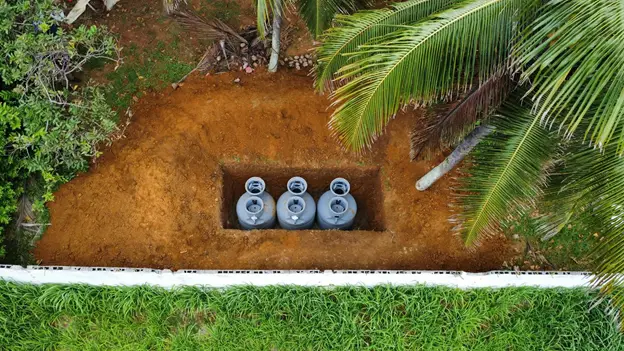

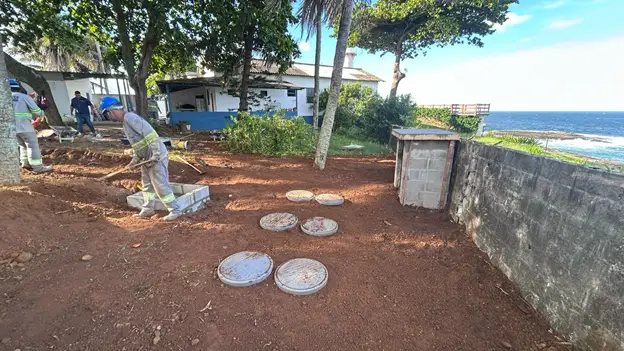

Inputs
-
Does the system require an external source of electricity?
Yes, around 780W/day -
Does the system require the use of water?
No -
Does the system require any other "consumable" inputs?
Yes, for disinfection purposes chlorine (tablets) are needed at the end of processing.
Outputs
- How much energy will be recovered?
None. - How much water will be recovered?
800 L/day can be recovered and reused
Treatment
- Pathogen treatment success?
Ensure pathogen kill - Are chemical processes used?
No. Chlorine added for disinfection purposes. - Are mechanical processes being used?
Yes - Are biological processes being used?
Yes - Does the system require any off-site or additional processing?
No
Business Considerations
- Estimated daily operating cost: <1$ /day
- Estimated capex: 1,800 – 2,000 USD
- Size: H 1.7m x diameter 1.18m
-
Maintenance Requirements:
The system requires minimal maintenance. The basket should be cleaned once a month—or every two months—depending on the amount of solids in the wastewater. Additionally, the blower filter should be cleaned once a year. - Life expectancy: 20 years
